La Crosse Technology WT-2100 Handleiding
Bekijk gratis de handleiding van La Crosse Technology WT-2100 (7 pagina’s), behorend tot de categorie Niet gecategoriseerd. Deze gids werd als nuttig beoordeeld door 31 mensen en kreeg gemiddeld 5.0 sterren uit 16 reviews. Heb je een vraag over La Crosse Technology WT-2100 of wil je andere gebruikers van dit product iets vragen? Stel een vraag
Pagina 1/7

Atomic Alarm Clock
Instruction Manual
Introduction:
Congratulations on purchasing the Atomic Alarm Clock with WWVB Radio controlled time,
calendar, 12/24 hours display, time zone with US map, indoor temperature and two alarms
settings. This innovative product is ideal for home or office use. Please read this instruction
manual to enjoy the full benefits of all the features.
Features:
• WWVB Radio controlled time with manual setting option
Function keys
Battery
compartment
Snooze button
• 12/24 hour time display
• Time zone with USA map (Pacific Time(-8h); (Mountain Time (-7h); Central Time (-6h);
Eastern Time(-5h) or GMT
• Automatic or manual ON/OFF daylight saving time
• Indoor temperature reading (ºC/ºF user selectable)
• 2 alarm times (crescendo and normal sounding alarms)
• snooze interval setting (from 1 to 59 minutes)
• Calendar display (weekday/month/date or month/ date/year)
• LCD back-light
Setting up the Atomic Alarm Clock:
The clock uses 1 x AA LR6 battery (Alkaline recommended). To set please follow these easy
steps:
Battery cover Battery
compartment
1. Slide the battery cover downwards as indicated by the triangle to reveal the battery
compartment
2. Observing the correct polarisation insert the battery.
3. Replace battery cover.
4. After power-up, the alarm will sound once and all LCD segments will light up briefly.
5. The clock will now start receiving the WWVB time signal and the radio tower icon will start
flashing indicating that time reception is being attempted
6. Time reception takes typically about 3-5 minutes with timeout being 10 minutes. If after 10
minutes the WWVB time signal has still not been received, the user should try one of the
following two actions:
1

Reset the unit by removing the battery and proceed from step 2 (above). Should after 10
minutes and the time is still not received the clock will automatically attempt to receive the
WWVB time signal two hours later.
Manually set the time (see “Manual Time Setting” below).
Note: During the time of power-up (i.e. inserting the battery) DO NOT press any of the keys as
this will interrupt stop the WWVB time signal reception. If keys are pressed during this
stage, then proceed from “Setting up the Atomic Alarm” above.
If there is no WWVB signal then the radio tower will not appear on the LCD
When WWVB time reception is successful, the received time will automatically override
the manually set time and date. (Please see notes on “Radio Controlled Time
Reception” and “Manual Time Setting”).
WWVB icon (flashing)
Location test
sequence for better
reception
Radio controlled Time Reception:
During reception, the WWVB tower icon in the LCD will start flashing. This indicates that the
WWVB time signal is present and the clock is trying to receive it. At the same time, three digits
“000” will appear below the USA map in the LCD to indicate that the time data from the signal
source is being de-coding for the time. The digit on the left should randomly display the
numbers 0, 1 or 8 for a strong signal. If 0, 1 or 8 are not displayed, then reposition the clock for
a better signal.
When the time signal is received, the WWVB tower becomes permanently lit and the time will
be displayed.
General Information on WWVB radio controlled time
NIST Radio Station WWVB is located on the WWVB site near Ft. Collins, Colorado. The
WWVB time code is transmitted by the 60 kHz carrier and is broadcast continuously at a rate of
1 pulse per second using pulse width modulation.
The broadcast information includes the year; time intervals; Daylight Saving Time and leap
year. The accuracy of the transmitted WWVB signal is better than 1 part in 100 billion (1 x 100-
11) and with day to day deviations being less than 5 parts in 1000 billion
(5 x 10-12).
2

Using the Atomic Alarm Clock:
The clock has five easy to use function keys:
Front view Top view
Using the keys:
Snooze key
A
larm 1/ Hou
r
key
A
LM 2/Min
key SET key
MODE/+ key
“SET” key: - Used to enter the programming mode
- Used to select and confirm the various setting modes
“MODE/+” key: - Used in setting mode to change/select of all changeable/selectable
values and displays
- Used to toggle between the calendar/seconds/alarm times and
temperature reading
“ALM1/Hour” key: - Used to enter the alarm setting mode for Alarm ((1))
- Used to set Alarm ((1)) ON/OFF (crescendo alarm time is ON when
((1)) is displayed).
“ALM2/Min key”: - Used to enter alarm setting mode for Alarm ((2))
- Used to set Alarm ((2)) ON/OFF (normal alarm sound time is ON when
((2)) is displayed).
“Snooze” key: - Used to activate the snooze during alarm
- Used to Display alarm time set for Alarm ((1)) and ((2))
- Used to exit the setting modes
Alarm setting mode:
• Press ALM1 or ALM2 keys for 2 seconds to enter the ALM1 or ALM2 setting mode
• Set the alarm hour by pressing “ALM1/HOUR” key
• Set the alarm minutes by pressing “AML2/MIN” key
• Exit Alarm setting mode by pressing the “Snooze” key or automatic timeout (approx. 15
seconds)
Note: to stop the alarm pressing any key except the “Snooze” key
Setting Mode:
Each time the settings are changed (except for alarm times), the following setting modes are
entered in sequence by using the “SET” key:
• Time zone setting from Pacific Time(-8h); (Mountain Time (-7h); Central Time (-6h); Eastern
Time(-5h) or GMT
• Daylight Saving Time ON/OFF
• Snooze time setting (default 10 minutes)
• Manual Time Setting (hour and minutes)
• Calendar year, month, date, weekday
3
Product specificaties
| Merk: | La Crosse Technology |
| Categorie: | Niet gecategoriseerd |
| Model: | WT-2100 |
Heb je hulp nodig?
Als je hulp nodig hebt met La Crosse Technology WT-2100 stel dan hieronder een vraag en andere gebruikers zullen je antwoorden
Handleiding Niet gecategoriseerd La Crosse Technology

5 Januari 2024

6 December 2023

9 Juli 2023

7 Juli 2023

17 Juni 2023

15 Juni 2023

14 Juni 2023

9 Juni 2023

9 Juni 2023

5 Juni 2023
Handleiding Niet gecategoriseerd
- ProUser
- Stamina
- Kool-It
- KDK
- AmpliVox
- Cello
- Wacker Neuson
- Tor Rey
- Instant
- Oatey
- Panasonic
- Massoth
- Star Micronics
- HDFury
- Rikon
Nieuwste handleidingen voor Niet gecategoriseerd

2 Augustus 2025
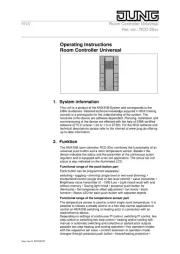
2 Augustus 2025
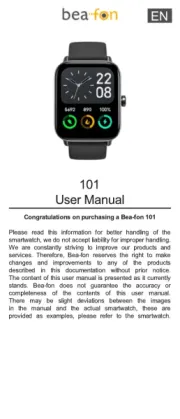
1 Augustus 2025

1 Augustus 2025
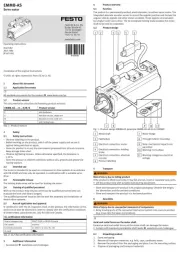
1 Augustus 2025
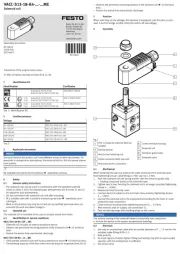
1 Augustus 2025
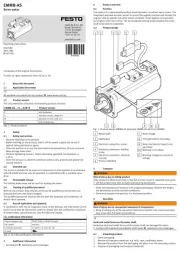
1 Augustus 2025
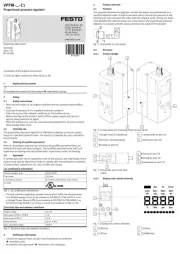
1 Augustus 2025
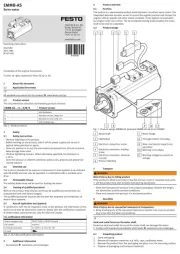
1 Augustus 2025
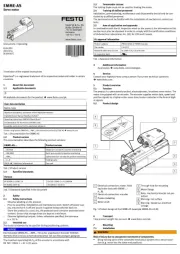
1 Augustus 2025